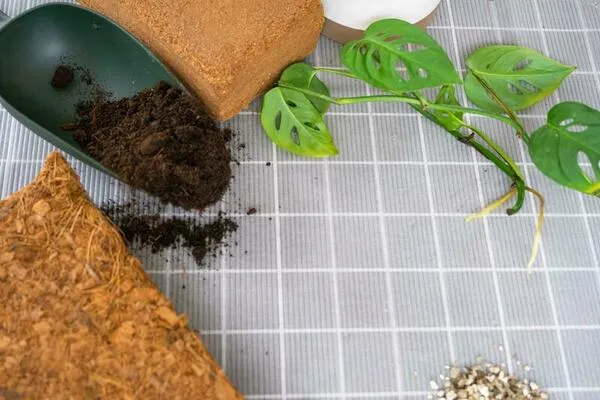What is Coco Peat for Tarantulas?
Coco peat, also known as coir, is a natural fiber extracted from the husk of coconuts. It’s a sustainable and eco-friendly substrate option gaining popularity in the tarantula-keeping community. This versatile material provides an excellent environment for your eight-legged pets, offering crucial benefits for their health and well-being. Coco peat is prized for its ability to retain moisture, regulate humidity, and provide a safe and comfortable burrowing medium, mimicking the natural environment of many tarantula species. In this detailed guide, we’ll delve into how to make coco peat the perfect home for your tarantula and create a thriving habitat.
The Benefits of Coco Peat Substrate
Choosing the right substrate is paramount when setting up a tarantula enclosure. Coco peat offers several advantages over other alternatives, such as peat moss or vermiculite. Its natural composition makes it a safer option, reducing the risk of harmful chemicals or additives that could be present in processed substrates. The benefits extend beyond safety; coco peat significantly contributes to a thriving and healthy environment for your tarantula. It’s also easy to work with and readily available, making it a convenient choice for both novice and experienced keepers. The choice of coco peat plays a pivotal role in the overall success of tarantula keeping, making it a cornerstone of proper care.
Why Coco Peat is Ideal for Tarantulas
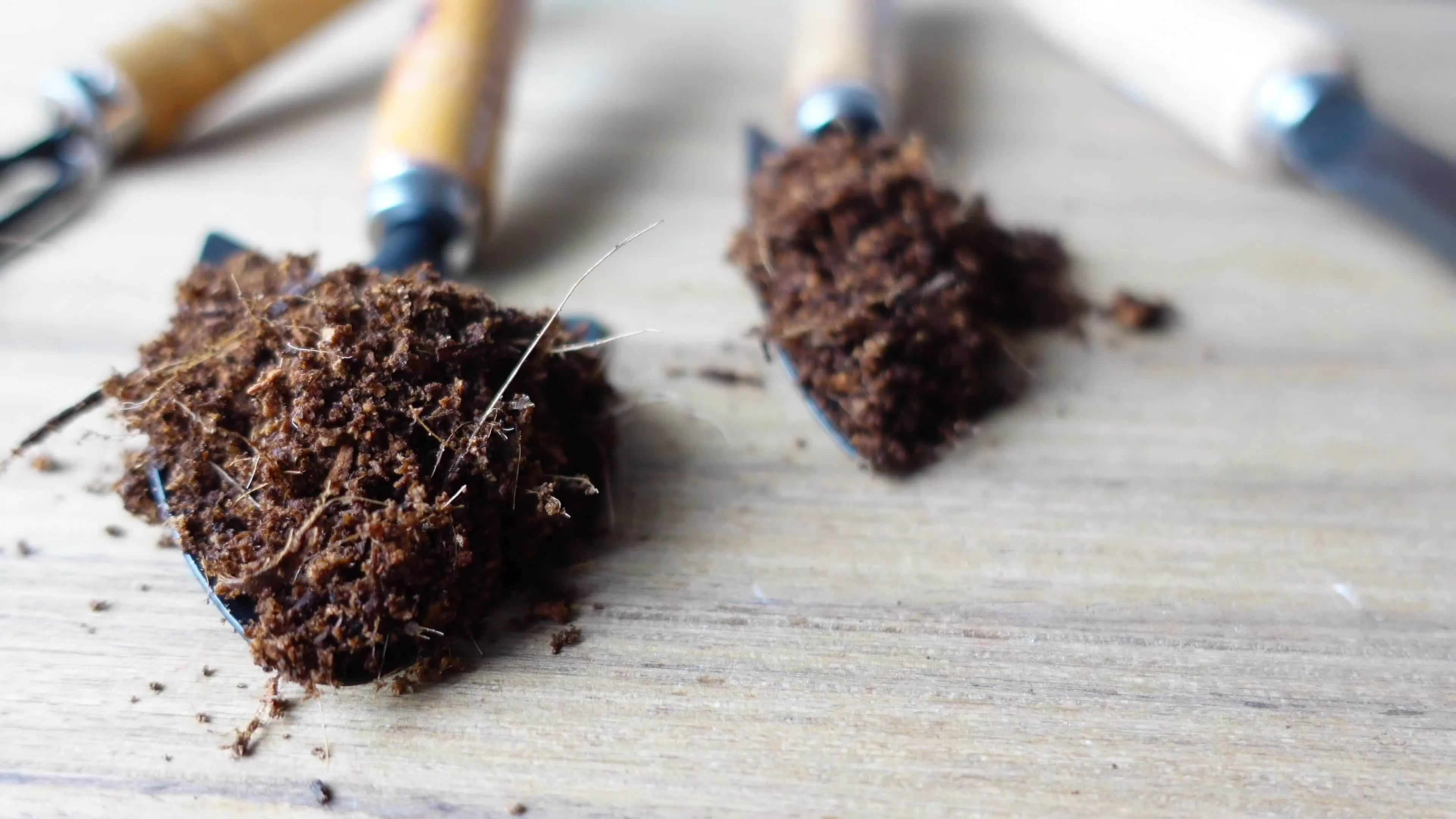
Coco peat’s unique properties make it an excellent choice for tarantula habitats. Its ability to retain moisture is crucial for maintaining the humidity levels essential for many tarantula species. Additionally, the substrate’s texture is ideal for burrowing, providing your tarantula with a natural outlet for its instincts. This is particularly important for ground-dwelling species that spend a significant amount of time underground. The natural composition of coco peat also helps to neutralize odors and provides a degree of sanitation within the enclosure, making it a healthier environment overall.
Maintaining Humidity Levels
Maintaining the correct humidity is vital for tarantula health, especially during molting. Coco peat excels at retaining moisture, which helps to stabilize humidity levels within the enclosure. To ensure the right environment, regularly mist the substrate with dechlorinated water, and monitor humidity using a hygrometer. The amount of misting will depend on the species and the environmental conditions. The key is to maintain a balance that provides adequate humidity without making the substrate overly saturated, which can lead to mold growth or other complications that affect the tarantula’s health.
Promoting Burrowing and Natural Behavior
Many tarantula species are natural burrowers. Coco peat provides a perfect medium for creating tunnels and burrows, allowing your tarantula to express its natural behaviors. This enrichment is crucial for the psychological well-being of your pet. Ensure the substrate is deep enough to allow for burrowing. The depth will depend on the size and species of the tarantula. Observing your tarantula actively burrowing and creating its habitat is a sign that you have provided an optimal environment for it to thrive.
Creating the Right Coco Peat Mixture
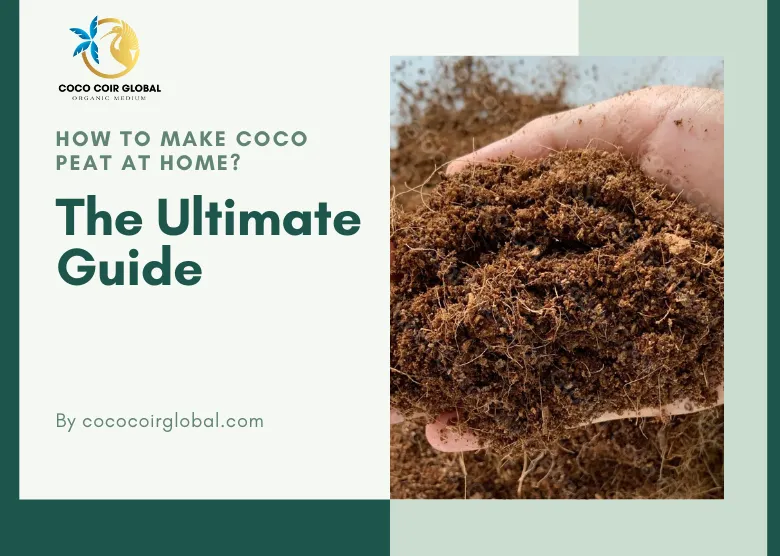
Preparing coco peat for your tarantula’s enclosure is straightforward. The process involves hydrating, expanding, and sometimes aerating the substrate to ensure it meets the needs of your arachnid. The quality of your coco peat product will influence how easily and effectively you can prepare it for use. Avoid products containing additives or pesticides, which can be harmful to your pet. Proper preparation ensures the substrate provides the best possible environment for your tarantula, supporting both its health and natural behaviors.
Gathering Your Supplies
Before you start, gather the necessary supplies. You will need a coco peat brick or coir, a container large enough to expand the substrate, dechlorinated water, and optionally, a mixing tool. A spray bottle is also helpful for misting. Make sure all your equipment is clean to avoid introducing contaminants into the tarantula’s enclosure. Consider the amount of substrate you’ll need based on the size of your enclosure and the depth you want to achieve. Having everything prepared in advance will simplify the process and allow you to focus on creating the perfect substrate for your tarantula.
Preparing the Coco Peat Brick or Coir
Coco peat usually comes in compressed bricks or loose coir. Bricks are easier to store and transport, while loose coir is ready to use. If you’re using a brick, you’ll need to hydrate it. The process involves adding water to the compressed block, allowing it to expand. When using loose coir, a simple wetting is often sufficient. The goal is to achieve a moisture level that supports humidity without causing the substrate to become soggy. Proper preparation ensures that the coco peat functions optimally as a substrate.
Hydrating and Expanding the Coco Peat
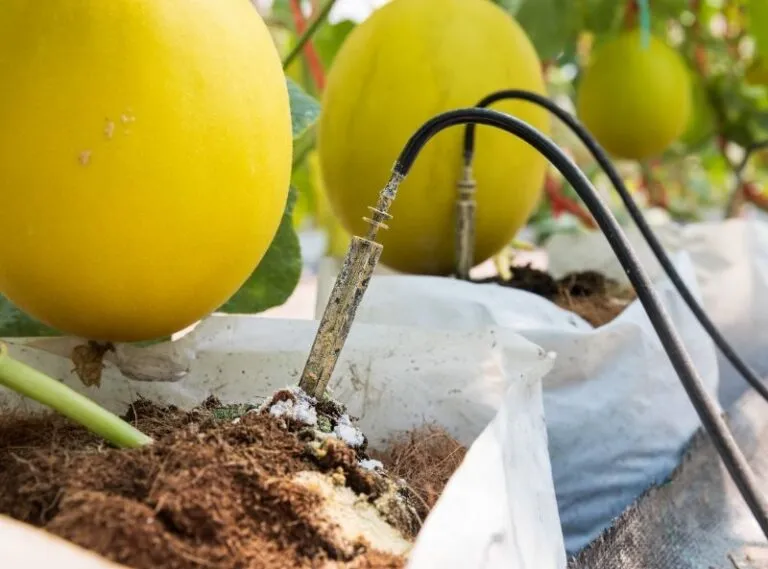
To hydrate a coco peat brick, place it in a clean container and gradually add dechlorinated water. Start with a small amount of water and add more as the brick absorbs it. Use the instructions on the package as a guide. The brick will expand significantly as it absorbs water. Stir the mixture to ensure even hydration. Allow the hydrated coco peat to sit for a few minutes so that it fully expands and the moisture is evenly distributed. This step is crucial for creating a consistent substrate.
Drying and Aerating the Substrate
After hydrating, the coco peat may be too wet. You can gently squeeze out excess water if necessary. For some species, slightly drier substrate is ideal. Allowing the coco peat to air dry for a period helps to improve aeration. You can also fluff the substrate by gently mixing it with your hands to break up any clumps. This promotes airflow, reduces compaction, and prevents the development of anaerobic conditions that can be harmful to your tarantula. Ensuring the substrate is properly aerated creates a healthier environment.
Setting Up the Tarantula Enclosure
Once your coco peat is prepared, it’s time to set up the tarantula enclosure. This includes layering the substrate, providing hiding spots, and adding other elements that will make the enclosure a suitable home. Creating a well-designed enclosure is essential for your tarantula’s well-being, supporting its natural behaviors, and allowing you to observe and enjoy your pet. A thoughtfully designed habitat directly contributes to the tarantula’s overall health and longevity.
Layering the Substrate
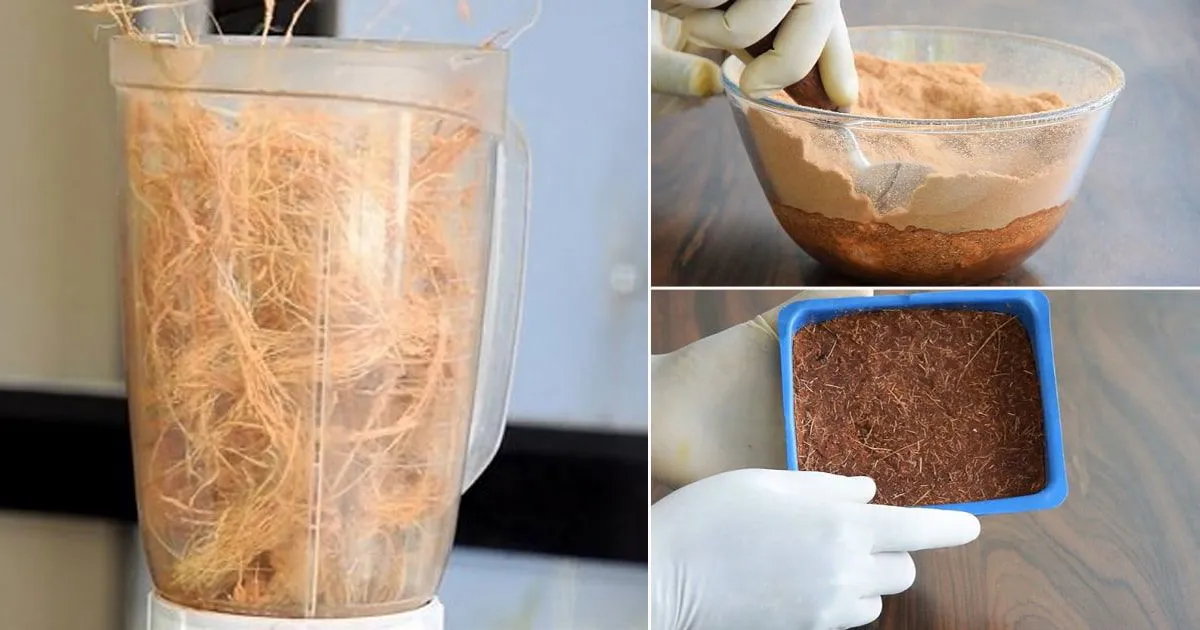
The depth of the substrate is important. As a general rule, provide a depth of substrate equal to the tarantula’s leg span, or slightly more, to allow burrowing. For terrestrial species, a deeper layer is preferable. Gently pour the coco peat into the enclosure, ensuring an even distribution. Pack it lightly to prevent the substrate from collapsing but don’t pack it too tightly, as this will restrict air circulation and the tarantula’s ability to burrow. The substrate depth should be appropriate for the type of tarantula you own, which is critical for a safe and enriching environment.
Providing Hiding Spots and Enrichment
Tarantulas are naturally secretive and enjoy having hiding places. Provide your tarantula with a hide, such as a piece of cork bark, a hollow log, or a commercially available hide. Position the hide in a way that allows the tarantula easy access. Consider adding other enrichment items, such as artificial plants or decorations. These additions not only enhance the aesthetic appeal of the enclosure but also offer additional hiding spots and climbing opportunities, which can benefit your tarantula’s well-being. Ensure that any decorations are safe, non-toxic, and pose no risk of injury to your pet.
Monitoring and Maintaining the Habitat
Once the enclosure is set up, regular monitoring and maintenance are essential to keep your tarantula’s habitat in top condition. This includes checking humidity, replacing substrate when necessary, and making adjustments to ensure the environment remains suitable for your pet. Consistent maintenance helps to ensure that your tarantula has a healthy and thriving home.
Checking Humidity and Moisture Levels
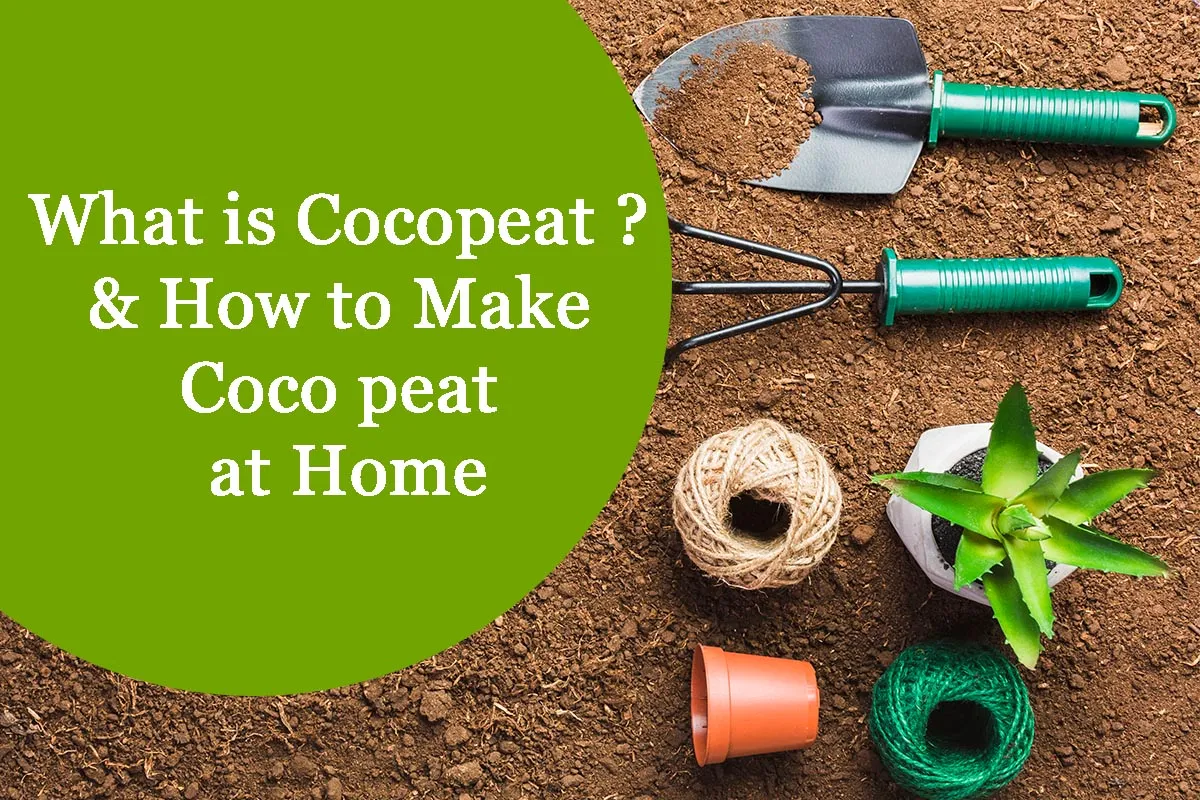
Use a hygrometer to monitor the humidity levels in the enclosure. Mist the substrate with dechlorinated water as needed to maintain the correct humidity range for your tarantula species. Be careful not to oversaturate the substrate, as this can lead to mold growth. Observe your tarantula’s behavior and make adjustments as needed. If your tarantula seems to be spending more time out of its hide, the humidity may be too high or too low. Checking the moisture content of the substrate will help you regulate the environment appropriately for the tarantula’s well being.
Replacing Coco Peat
Over time, coco peat breaks down and loses its ability to effectively regulate humidity and provide a healthy environment. The frequency of replacement depends on various factors, including the size of the enclosure, the number of tarantulas, and how quickly the substrate breaks down. As a general rule, replace the substrate every 6-12 months, or more frequently if you notice signs of mold, excessive waste buildup, or a foul odor. When replacing the substrate, remove the tarantula (safely placing it in a temporary container), discard the old substrate, clean and disinfect the enclosure, and then add fresh coco peat.
Common Mistakes to Avoid
Several common mistakes can compromise the quality of your tarantula’s habitat. Overwatering can lead to mold and fungal growth, which are harmful to your tarantula’s health. Using the wrong type of coco peat or contaminated substrate is also a mistake, introducing harmful chemicals or pathogens. Failure to provide sufficient depth for burrowing and a lack of hiding places will stress your tarantula and affect its well-being. Overcrowding or mixing different tarantula species in the same enclosure should also be avoided. By avoiding these common pitfalls, you can create a habitat that supports your tarantula’s natural behaviors and ensures its long-term health.
